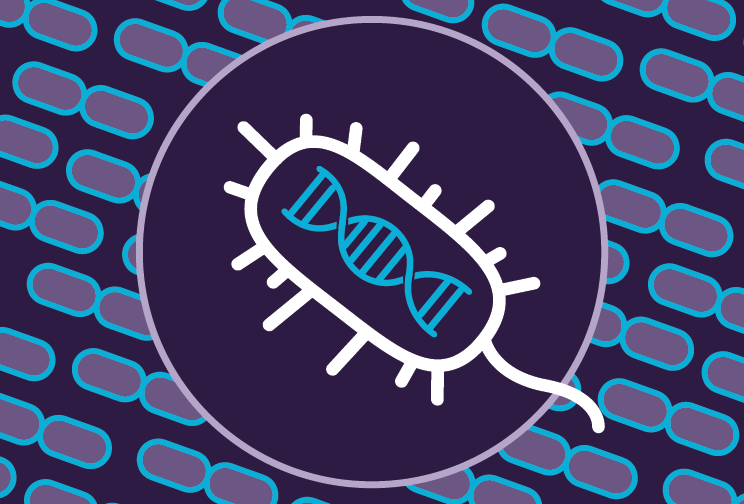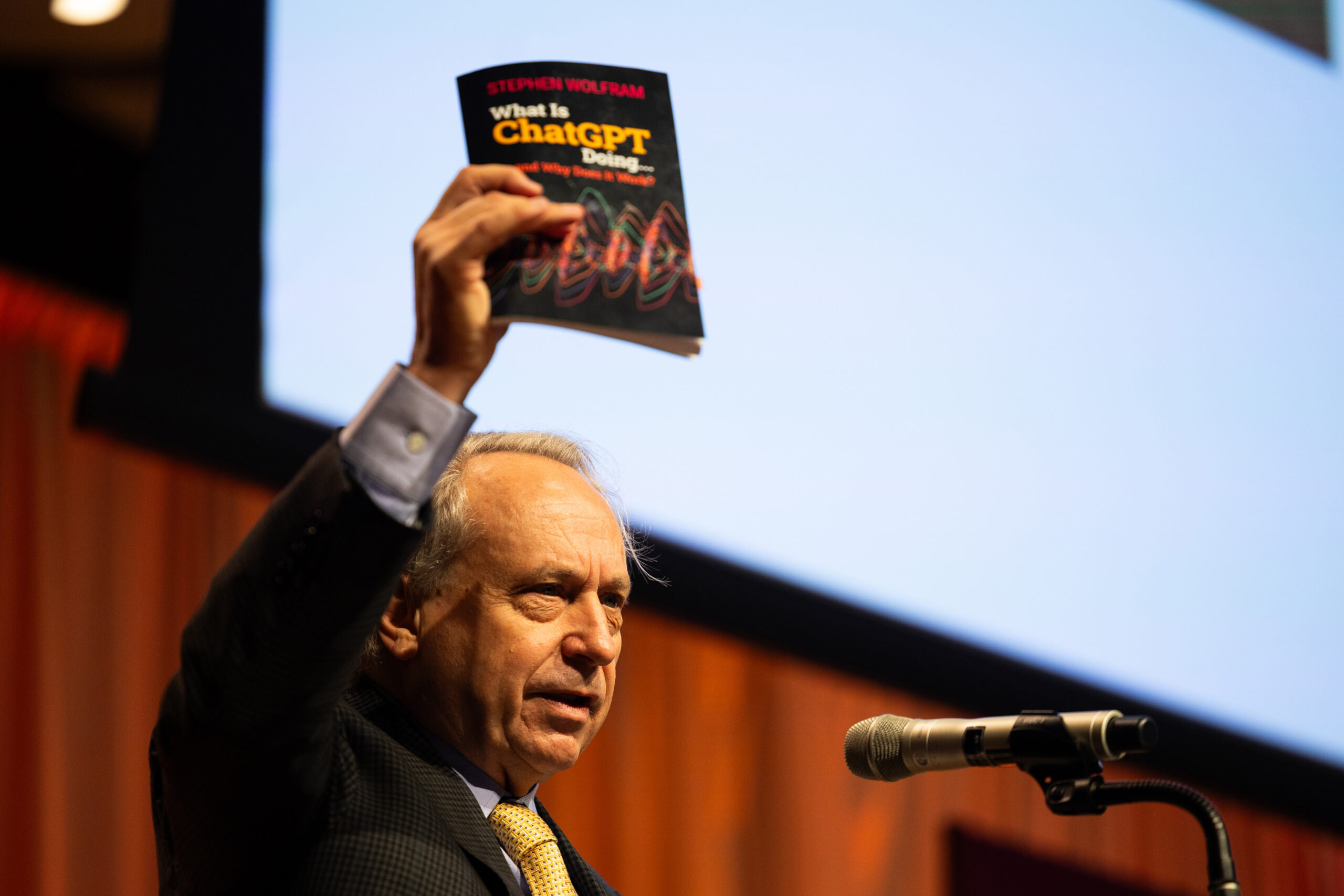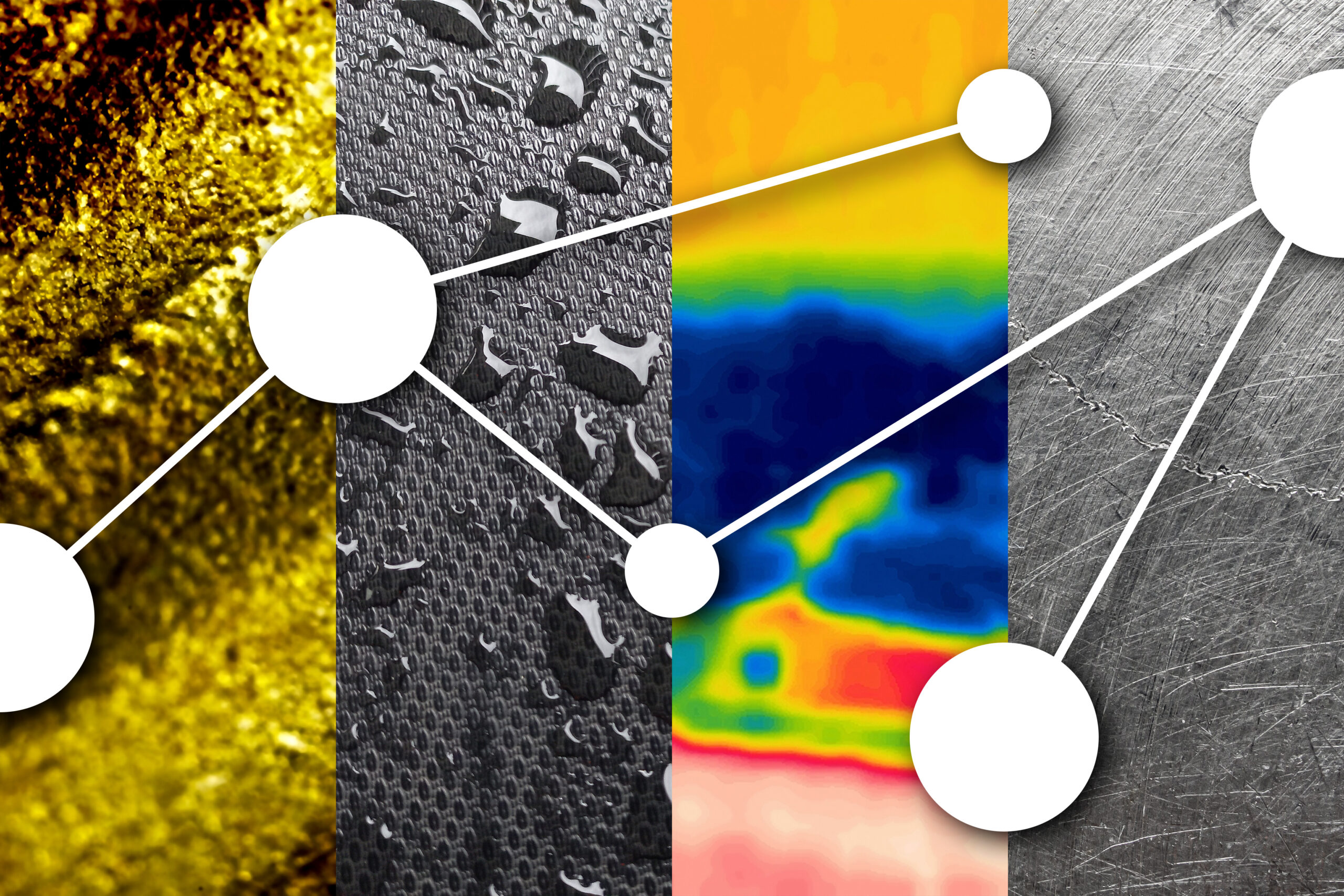MIT

Automated system teaches users when to collaborate with an AI assistant | MIT News
Artificial intelligence models that pick out patterns in images can often do so better than human eyes — but not always. If a radiologist is using an AI model to help her determine whether a patient’s X-rays show signs of pneumonia, when should she trust the model’s advice and when should she ignore it? A…

Search algorithm reveals nearly 200 new kinds of CRISPR systems | MIT News
Microbial sequence databases contain a wealth of information about enzymes and other molecules that could be adapted for biotechnology. But these databases have grown so large in recent years that they’ve become difficult to search efficiently for enzymes of interest. Now, scientists at the McGovern Institute for Brain Research at MIT, the Broad Institute of…

New method uses crowdsourced feedback to help train robots | MIT News
To teach an AI agent a new task, like how to open a kitchen cabinet, researchers often use reinforcement learning — a trial-and-error process where the agent is rewarded for taking actions that get it closer to the goal. In many instances, a human expert must carefully design a reward function, which is an incentive…

What does the future hold for generative AI? | MIT News
Speaking at the “Generative AI: Shaping the Future” symposium on Nov. 28, the kickoff event of MIT’s Generative AI Week, keynote speaker and iRobot co-founder Rodney Brooks warned attendees against uncritically overestimating the capabilities of this emerging technology, which underpins increasingly powerful tools like OpenAI’s ChatGPT and Google’s Bard. “Hype leads to hubris, and hubris…

AI accelerates problem-solving in complex scenarios | MIT News
While Santa Claus may have a magical sleigh and nine plucky reindeer to help him deliver presents, for companies like FedEx, the optimization problem of efficiently routing holiday packages is so complicated that they often employ specialized software to find a solution. This software, called a mixed-integer linear programming (MILP) solver, splits a massive optimization…

Eric Evans to step down as director of MIT Lincoln Laboratory | MIT News
Eric Evans will be stepping down as director of MIT Lincoln Laboratory on July 1, 2024, after 18 years leading a laboratory that has served the nation through its technology research and development since 1951. Evans will transition into the role of fellow in the director’s office at Lincoln Laboratory. He will also hold an…

MIT engineers develop a way to determine how the surfaces of materials behave | MIT News
Designing new compounds or alloys whose surfaces can be used as catalysts in chemical reactions can be a complex process relying heavily on the intuition of experienced chemists. A team of researchers at MIT has devised a new approach using machine learning that removes the need for intuition and provides more detailed information than conventional…